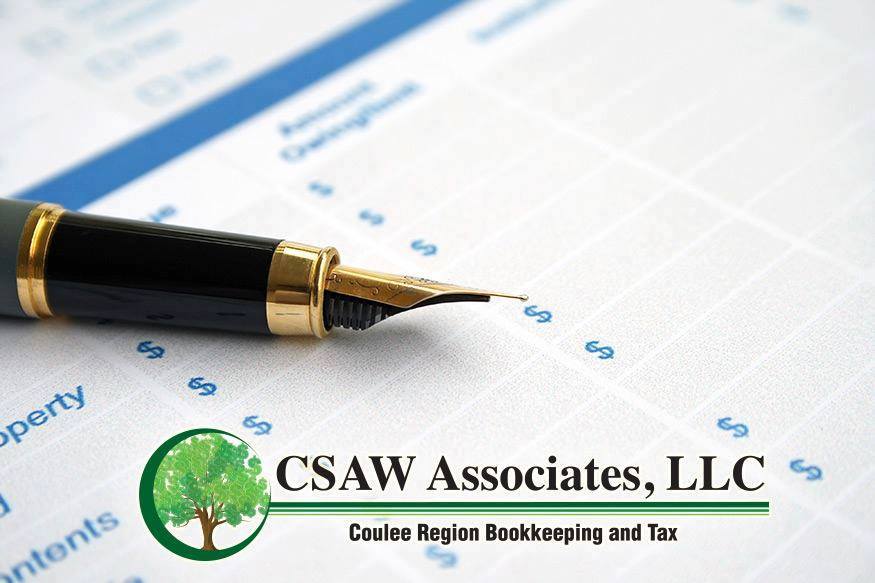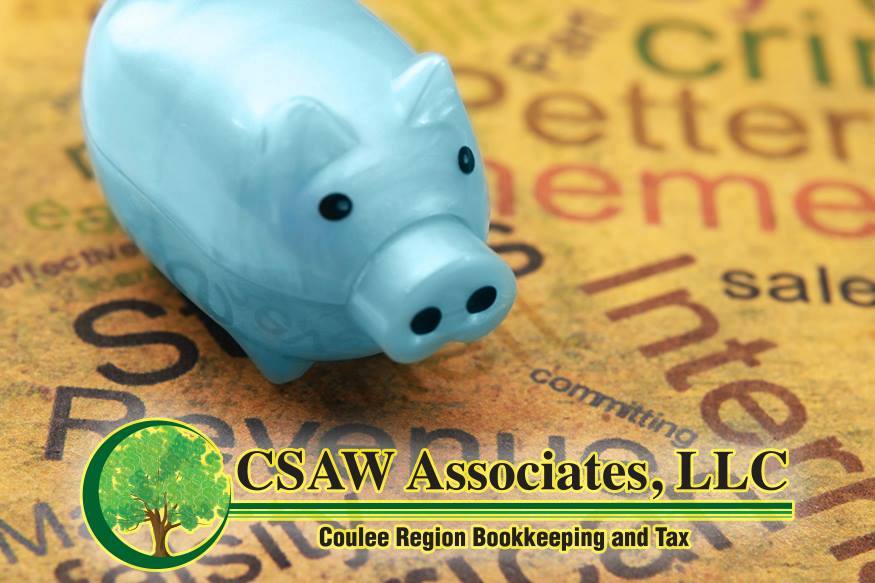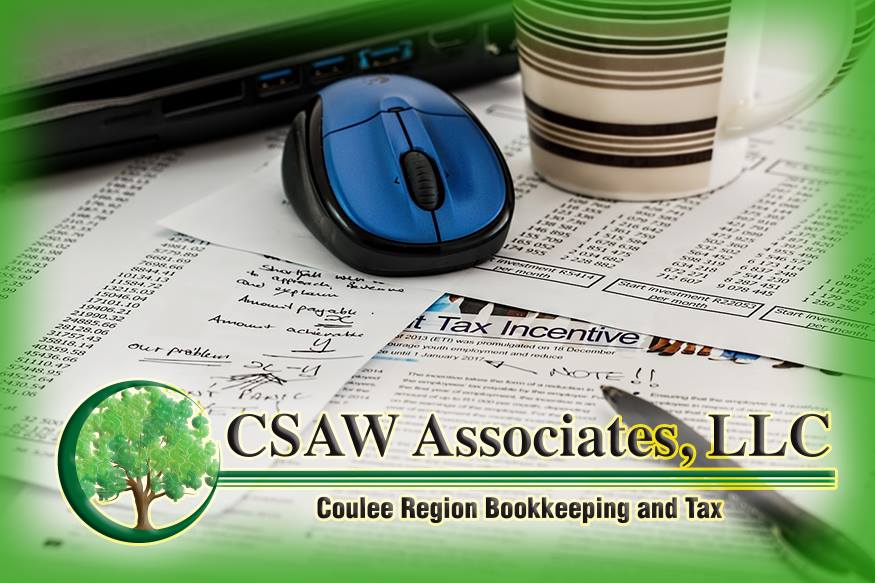Who doesn’t want to pay less taxes, as long as it’s legally permitted? Here are nine tips to consider taking action on before 2020 comes to a close.
Maximize Retirement Contributions Through Your Employer’s 401(k) Plan
This type of plan allows you to contribute pre-tax dollars
to retirement, and contributions directly reduce taxable wage income. While
contributions to IRAs and other types of retirement accounts can be done after
year-end/up through the due date of your tax return, deferrals through an employer
401(k) plan must be completed by year-end, so make sure you will be able to
contribute the desired amount for the year by December 31, 2020.
For tax year 2020, you can contribute up to $19,500 if under age 50, and $26,000 if 50 or older by year-end.
Harvest Investment Losses to Offset Capital Gains
If you have sold
stock or other property that has generated capital gains, consider whether you
have investment losses you can generate before year-end to reduce to overall
capital gain you report and pay tax on. For example, if you have stock that
you’ve held for some time that has consistently been in a loss position,
selling by year-end will allow you to offset those other capital gains – and
also possibly find a better use for those funds that were invested.
It is always ideal to time capital gains and losses in the same year if you can because they can offset each other, and you are only able to deduct up to $3,000 of overall loss per year. So, if you have a large capital gain in one year and a large capital loss in the next, you will have had to pay tax on that capital gain in that first year, but then might not fully realize the benefit of the loss in the latter year for a number of years, because of that $3,000 per year limitation (unless other capital gains come up to offset it). If they happen in the same year, they would be netted together and the tax benefit would be fully received in the current year. Timing is everything!
Bunch Deductions So You Can Itemize
Because the Tax Cuts and Jobs Act (TCJA) both increased the
standard deduction and capped the deduction for state and local income taxes
paid when itemizing at $10,000, many taxpayers are finding that they benefit
more from taking the standard deduction. However, this prevents them from
receiving any direct benefit or deduction for certain expenses, like charitable
donations and health care costs over a certain level.
One way around this is to strategically time the payment of these costs so you can bunch them together and take advantage of itemizing deductions every other year. For example, if you already made donations earlier in the year and know that you plan to for 2021, consider paying your 2021 donations early – by year-end 2020 – in order to exceed the standard threshold and take advantage of itemizing for the 2020 tax year.
Defer Income
If you are self-employed or an independent contractor, consider delaying invoicing clients for work to time it so you receive the income in January 2021 instead of December 2020. This will allow you to keep that income off of your 2020 return, and therefore hold off on paying tax on that income for another year.
Donate Appreciated Stock to Charity
The benefits of doing this are two-fold: you avoid capital gains tax and also receive a charitable deduction for the appreciated value of the stock. Just be sure that you are actually going to itemize and that you won’t be taking the standard deduction, because the charitable deduction benefit is only available to you if you itemize deductions.
Purchase Business Equipment
If you are a business owner and have been thinking about
purchasing equipment for your business (machinery, computers, software, a
vehicle, etc.), now is the time to do it!
With the expanded accelerated depreciation options that came out of the TCJA (which will be reduced in future years), many of these items qualify for significantly higher deductions – possibly even 100 percent. Whereas in prior years you may have had to deduct the cost of these items over a number of years, you will now likely be able to deduct them fully in the year purchased, or at least take a much higher first-year deduction. This will reduce the taxable profit of your business, which directly reduces your taxable income and tax liability.
Install Solar Panels
Consider installing solar panels on your home prior to year-end to take advantage of a Federal tax credit that is set to expire in 2022. When you install a solar system, 26 percent of your total project costs can be claimed as a credit on your IRS tax return (this will decrease to 22 percent for 2021). So, if you spend $10,000 on the system, you will directly reduce your tax bill by $2,600.
Invest in a Qualified Opportunity Zone
As part of TCJA, taxpayers can now defer payment of capital
gains tax to 2026 by investing the proceeds of a sale in a qualified
opportunity zone. These zones are located all over the country and were
designated as areas that would benefit from economic development. Tax can be
deferred on the portion of the gain that was used to benefit the distressed
zone.
The investment must be made within 180 days of the sale that generated the capital gains, so if you’ve already had a property sale in 2020 and would like to explore this, you’ll want to pay attention to the timeframe and act accordingly (also note that due to the COVID-19 pandemic, the 180-day rule was relaxed for those who would have hit the 180-day mark on or after April 1, 2020 and before December 31, 2020 – all now have until December 31, 2020 to invest the gain in a Qualified Opportunity Zone).
Meet with Your Tax Professional to Review Your Projected Tax Bill and Discuss Strategies
It can be extremely beneficial to meet with your tax
professional before year-end and review a projection of your tax situation for
the year, discussing possible strategies for reducing your tax bill. You may be
able to strategize to get yourself in a lower tax bracket and allow for taking
advantage of more deductions and credits, which might not be available to you
at a higher income level.
In order for your tax professional to project your tax
situation/liability for the year, you’ll need to provide information regarding
your income for the year – pay stubs, Profit & Loss reports if you have a
business, information regarding investment income, details regarding any other
types of income, and any changes to your situation from the prior year.
Schedule a time with us in November or early December if you can, to give yourself time to take any necessary actions to reduce your tax bill for the year!
Want all the latest from us right to your email?



